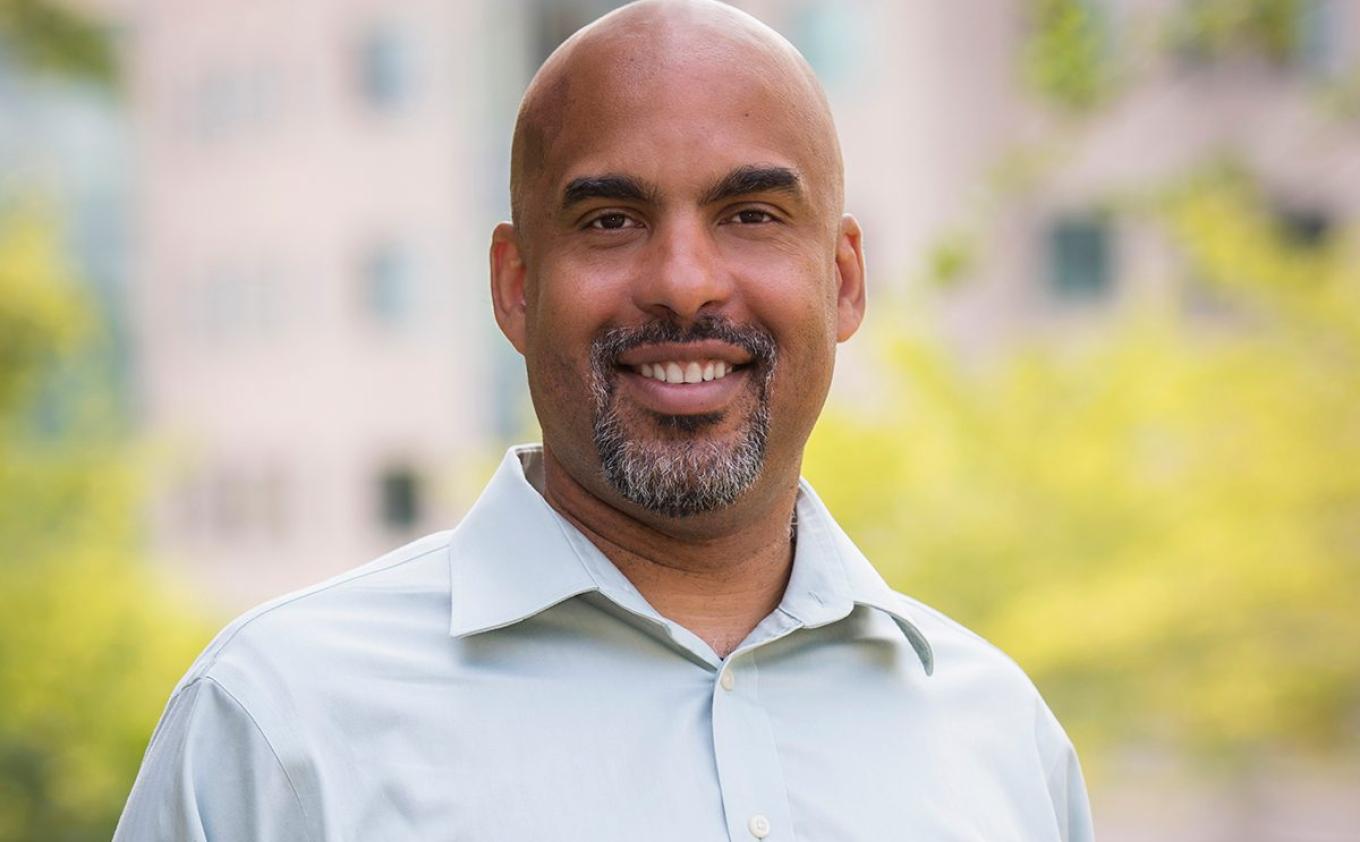2020 Spring / Summer

Unlocking secrets of the brain
Damien Fair brings his passion to the U
Fascinated by the human brain and the mysteries of its biology, neuroscientist Damien Fair took advantage of powerful new brain imaging tools to make important discoveries about child development and mental health disorders. He will bring his ground-breaking techniques—and passion for research and collaboration—to CEHD and the University of Minnesota this summer.
Fair, PA-C, PhD, will serve as co-director of a new institute for child and adolescent brain health on campus, splitting his time 60/40 percent respectively between CEHD’s Institute of Child Development (ICD) and the Medical School Department of Pediatrics. At ICD, Fair will mentor graduate students, teach a course in neuroimaging analysis, and guide faculty who will be doing clinical research at the new institute.
As associate professor of behavioral neuroscience at Oregon Health & Science University, Fair and his team use functional MRI (fMRI) technology to make significant discoveries about the biological factors underpinning disorders like ADHD and autism. His lab develops knowledge about how the brain is wired and what happens when the brain is at rest. Answer: quite a bit!
Fair is thrilled to return to his native Minnesota to co-lead the institute, which aims to make discoveries about brain development in early childhood and adolescence. As a developmental cognitive neuroscientist, Fair uses fMRI to forge new understandings about typical and atypical brain development.
“I really want to maximize how my work impacts the broader community.”
-Damien Fair
The position was attractive, Fair says, for the opportunity to collaborate with experts from across the University. He hopes to partner with others to amplify such research and transform it into clinical treatments, therapeutic interventions, genetic studies, and policy that make a difference in the lives of children, teens, adults, and their families.
“I really want to maximize how my work impacts the broader community. I’m not going to be able to do that myself—we need teams of other people,” Fair says. “The collegiality and foundation at the University of Minnesota to make this integration happen, with one common goal of improving the lifespan of children on several fronts, was too hard to pass up.”
Fair and his family, including two children and wife Rahel Nardos, MD, look forward to being closer to their Minnesota relatives. Nardos, a urogynecologist, will serve as the Medical School’s director of women’s health.
Fair studied at Yale University to become a physician assistant, ultimately deciding that clinical life wasn’t for him. But that career—and his work with stroke patients—sparked an interest in neuroscience. It prompted Fair to pursue a PhD from Washington University, where he studied brain plasticity in children who had perinatal strokes.

In 2008, Fair continued that line of inquiry as a postdoctoral fellow at Oregon in psychiatry and behavioral neuroscience. He is a pioneer in utilizing fMRI technology to study the brains of people who are doing activities or are at rest, an important window into how the organ works.
“We’re able to use this method to really map out, like a fingerprint, specific network organizations inside individuals’ brains. There are lots of common components across everyone, but there are specifics that are unique and information that’s critical to understand in more complex development trajectories like autism and ADHD,” Fair says.
Passionate about teaching and community outreach, Fair started the Youth Engaged in Science Initiative in Oregon to expose underrepresented middle and high school students to careers in science. He is especially looking forward to bringing that passion to Minnesota and being part of an institute that focuses on connecting with the community, patients, and families.
“I think this institute will be very much open and outward facing,” Fair says. “We want the community to be involved as important partners. That way we will accelerate the science and the well-being of our youth over time.”
Story by Suzy Frisch | Photos by Angelic Jewel Photography; Courtesy of OHSU | Spring/Summer 2020